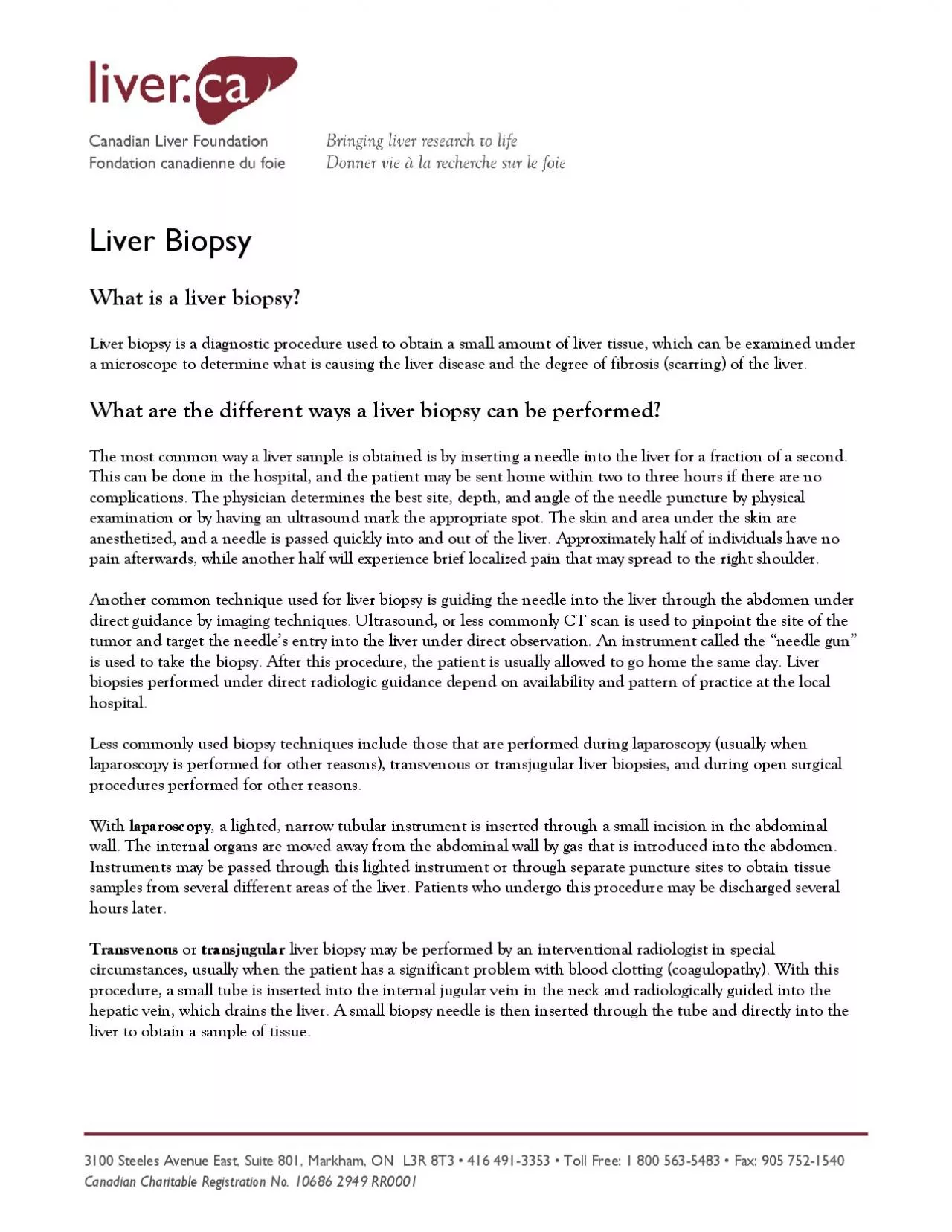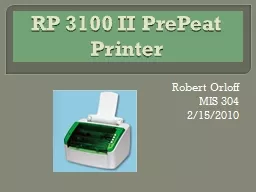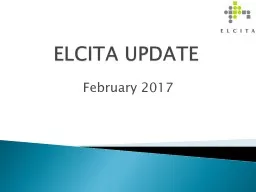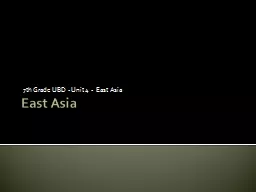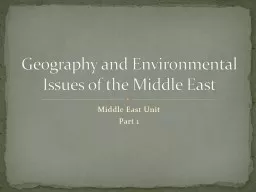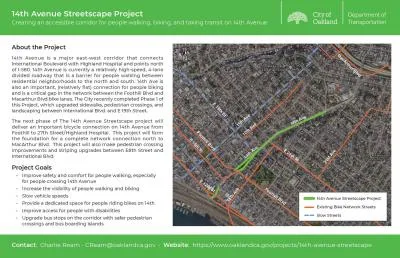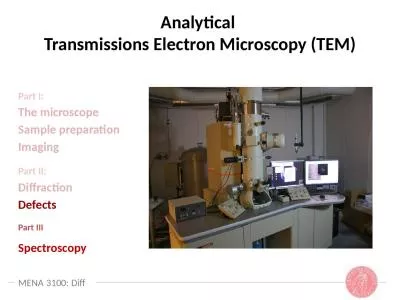PDF-3100 Steeles Avenue East
Author : nicole | Published Date : 2022-10-13
Suite 801 Markham ON L3R 8T3 416 491 3353 Toll Free 1 800 563 5483 Fax 905 752 1540 Canadian Charitable Registration No 10686 2949 RR0001 Liver Biopsy What
Presentation Embed Code
Download Presentation
Download Presentation The PPT/PDF document "3100 Steeles Avenue East" is the property of its rightful owner. Permission is granted to download and print the materials on this website for personal, non-commercial use only, and to display it on your personal computer provided you do not modify the materials and that you retain all copyright notices contained in the materials. By downloading content from our website, you accept the terms of this agreement.
3100 Steeles Avenue East: Transcript
Download Rules Of Document
"3100 Steeles Avenue East"The content belongs to its owner. You may download and print it for personal use, without modification, and keep all copyright notices. By downloading, you agree to these terms.
Related Documents

